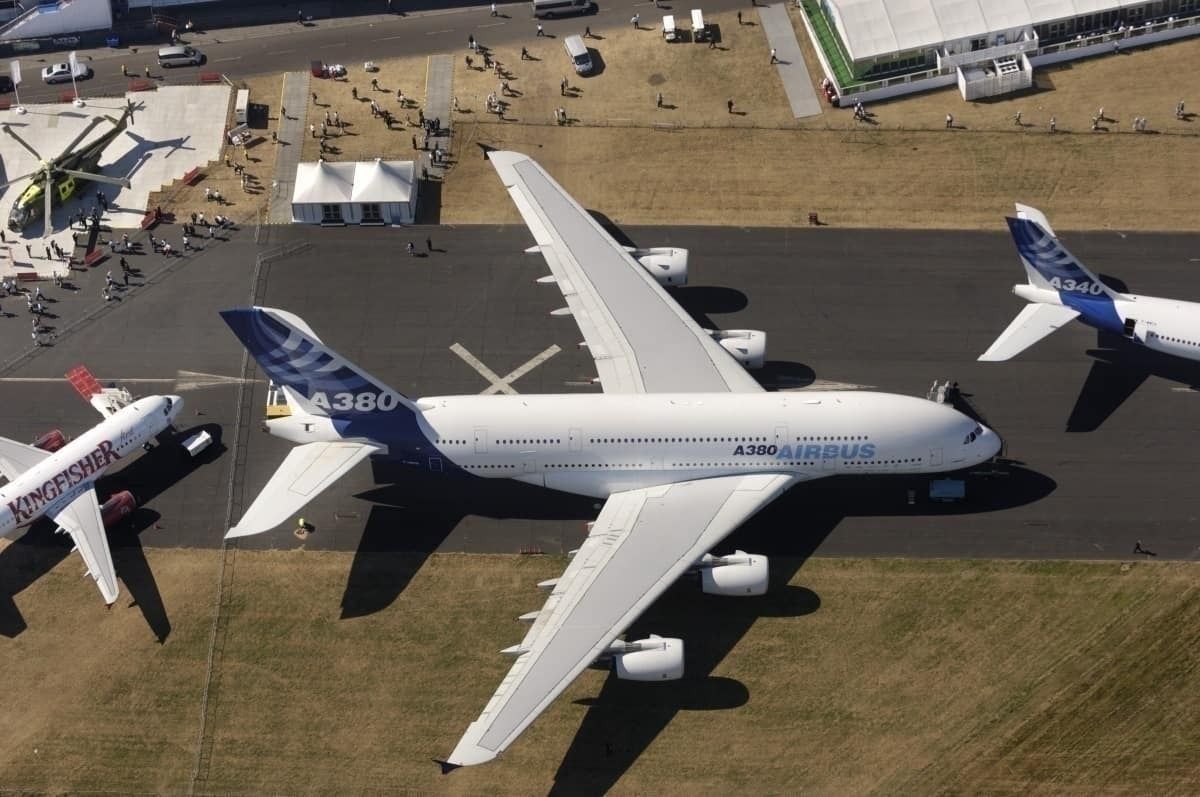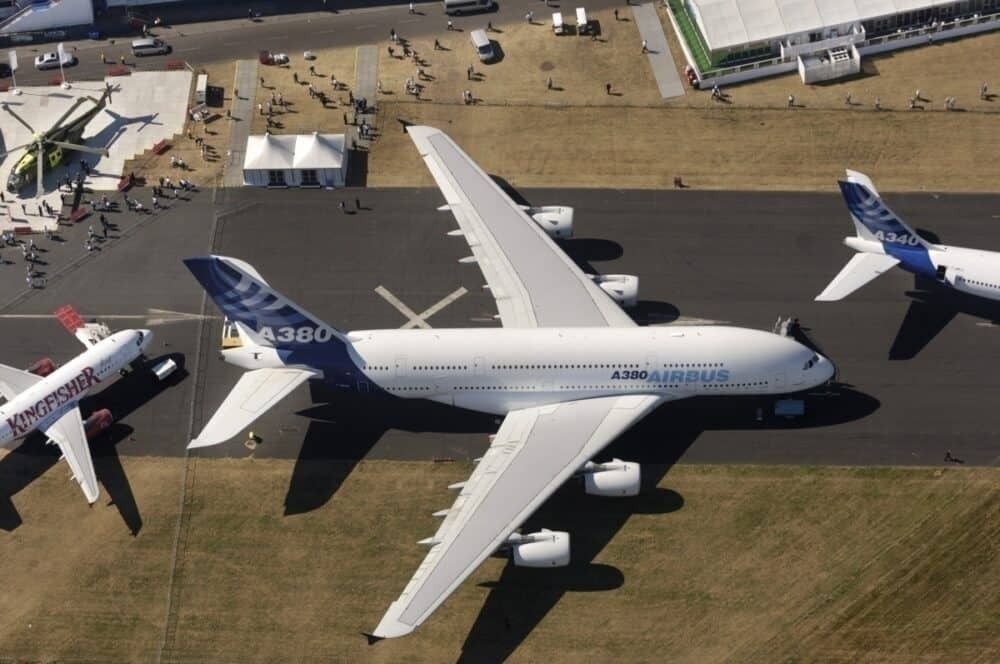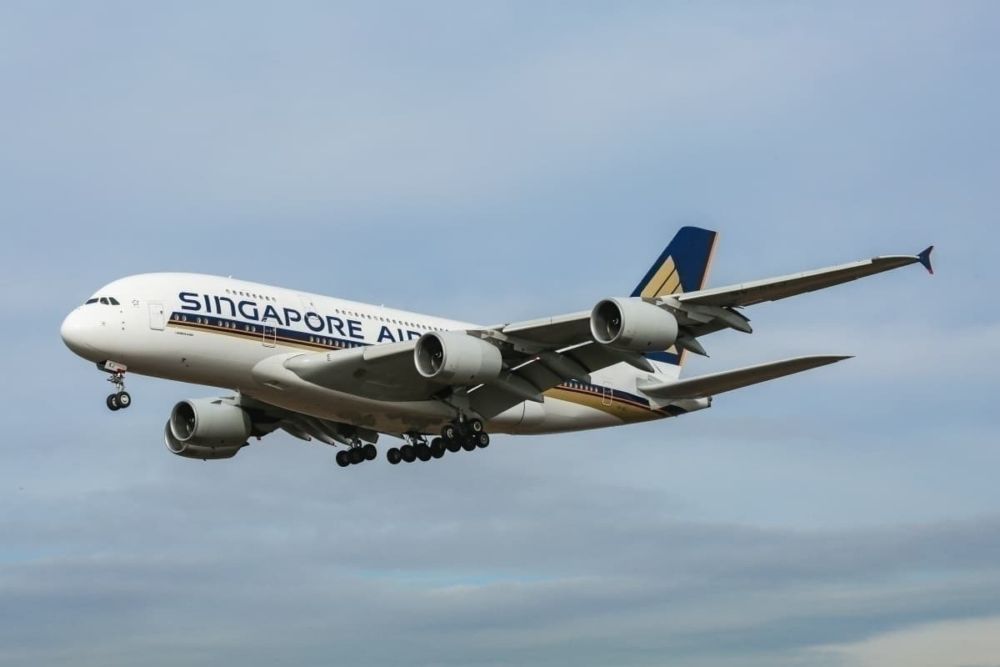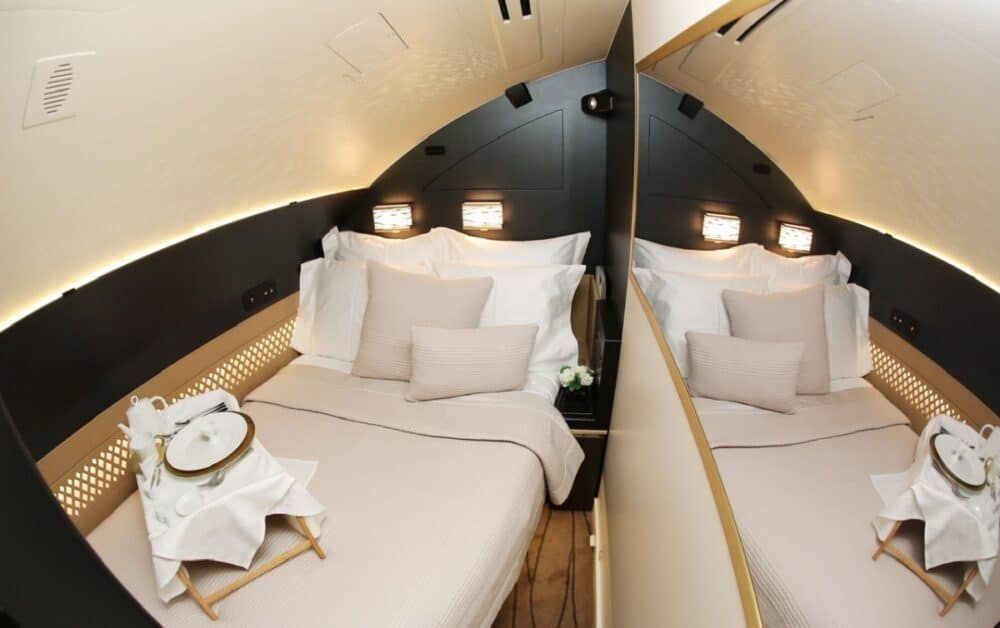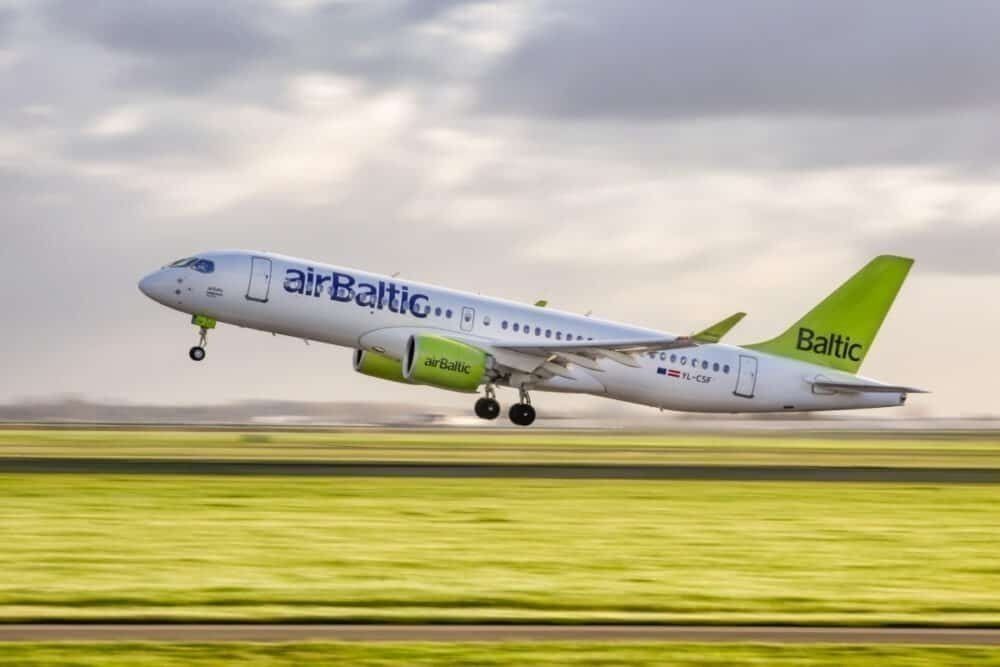Airbus has the biggest range of aircraft globally, from the regional Airbus A220 to the lumbering A380. What is the difference between these two aircraft? Let's have a look!
Different designs for different markets
The A380 and the A220 are designed for entirely different markets. Airbus has set out to capture as much of the aviation sector as possible, and these two aircraft fill the top and bottom of its product lineup.
The A380 is for international hub to hub travel via long, dense routes. This would fly between major international airports that cannot accommodate any more aircraft (and the takeoff and landing slots are at a premium) such as London and New York.
Stay informed: Sign up for our daily aviation news digest.
The A220 was designed for a rather different market. Bombardier, the original builders of the A220, made the CSeries/A220 for regional travel to domestic hub airports as filler routes for larger carriers. A passenger will board an A220 and fly to a major hub before boarding a bigger plane to an international destination.
However, those uses are not set in stone, and we have seen both aircraft used for routes beyond the mission objective. For example, airBaltic uses the A220 exclusively to operate an extensive network of international routes across Europe, trumping the original 'regional' commuter jet specifications and creating a profitable market from long thin routes - something that was not possible with the older models of aircraft.
So how do the two planes physically compare? Let's look at passengers and range.
Passengers
When it comes to passengers, this is where the A380 excels. With the ability to sit up to 650 passengers in two classes on the denser versions of the aircraft (such as Emirates' version that has no first class, just business, and economy) or up to 853 if all economy, the A380 has the most passengers in the entire market.
But where it gets even better is the availability of extra room onboard for communal areas (such as bars for business class) or even private cabins for those affluent passengers. This has opened a market segment between private aviation and business class that did not exist before.
The A220, on the other hand, has two variants:
- A220-100 can seat 100-120 passengers in two classes
- A220-300 can seat 120-150 passengers in two classes
As you can see the A220 can't seat as many as the A380 (it would require eight A220s to transport as many as the A380). Additionally, there is no room onboard for communal spaces.
Range
When it comes to range, the A220 doesn't lag as far behind the A380 as you may think:
- A380 has a range of 15,000 km or 8000 nautical miles
- A220-100 has a range of 6,390 km or 3,450 nautical miles
- A220-300 has a range of 6,927 km or 3,740 nautical miles
The A220 is just below half the range of the A380, which is fantastic considering that it seats 1/8th of the passengers. This means that the A220 can operate thin routes internationally and be much more than a regional aircraft.
The A380, on the other hand, fits snuggly with a hub to hub travel with only a few routes outside of its reach (like Singapore to New York).
Bottom line
At the end of the day, both aircraft were built for very different reasons, and the A380 is a product of a different age of aviation transportation. As we can see that the A220 fills in more than its initial design, while the A380 struggles to operate outside of its hub to hub model.
What do you think? Let us know in the comments.

